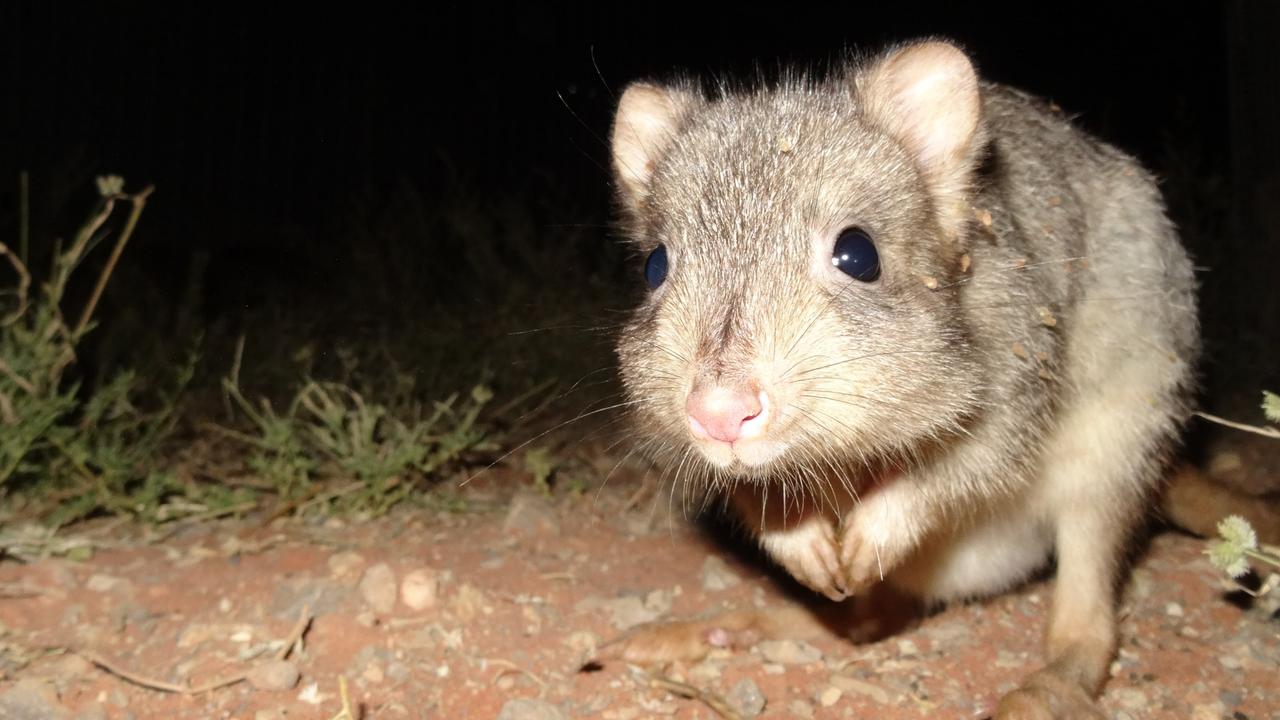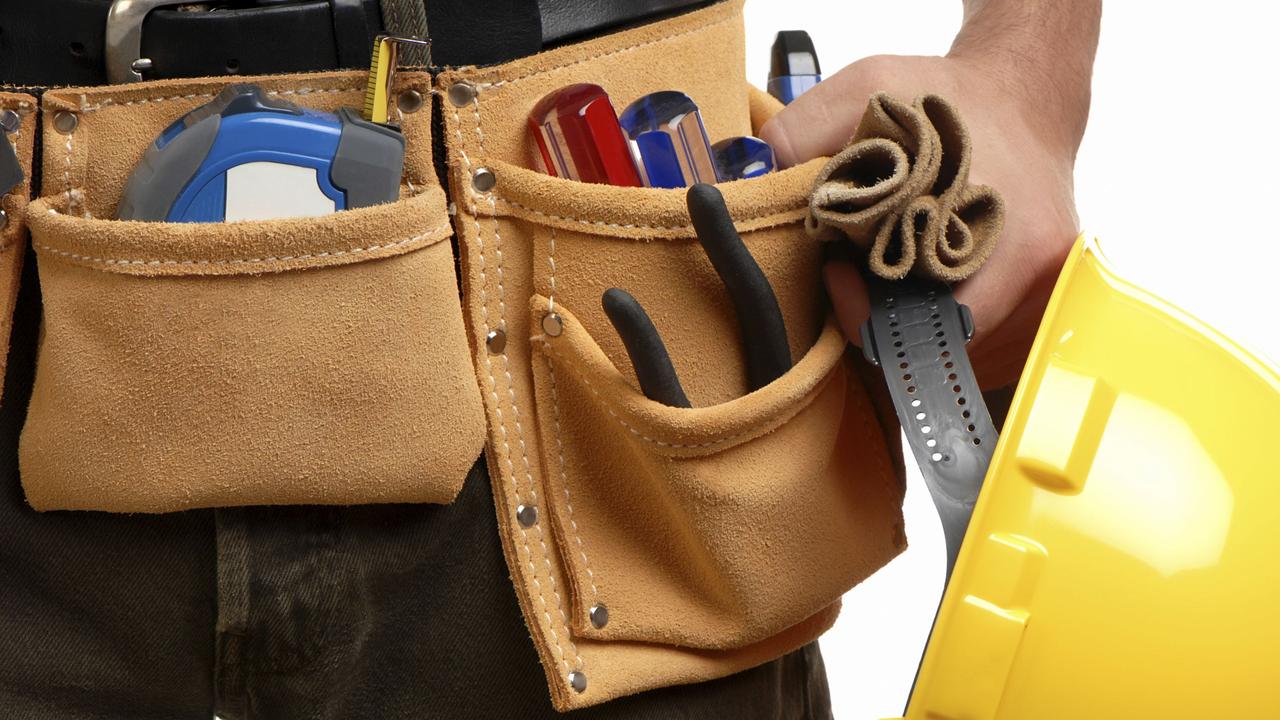SA would have to spend up to $600 million to plan a nuclear waste repository
THE State Government will need to find up to $600 million to plan a nuclear waste dump even if the project never gets off the ground, a consultant working on the Royal Commission has revealed.
SA News
Don't miss out on the headlines from SA News. Followed categories will be added to My News.
- NUCLEAR DOSSIER SPECIAL REPORT: Everything you need to know about SA’s biggest decision
- Former governor recommends SA store high-level nuclear waste
- Nuclear waste-dump push for old atomic bomb test site
- Nearly half of SA supports nuclear waste dump in the state
- For and against: Should SA become home to a nuclear waste dump?
THE State Government will need to find up to $600 million to plan a nuclear waste dump even if the project never gets off the ground, a consultant working on the Royal Commission has revealed.
Jacobs Engineering Group project manager Tim Johnson told a parliamentary committee investigating the project that the total cost prior to the decision to proceed and sign contracts with client countries would likely be $300 million to $600 million.
Premier Jay Weatherill said precommitment from participating countries could reduce the risk for taxpayers.
But Dr Johnson questioned the likelihood of doing that earlier than year six of the project, at which time up to $600 million would already have been spent.
Late last week, the committee visited a dump site in Nevada where more than $10 billion has been spent by US government. The project has stalled for years as the state and federal governments fight over approvals.
Liberal MLC and committee member Rob Lucas said the large costs were “a potential deal breaker”.
“I don’t speak for the committee or my party at this stage. Personally, I would find it very hard to support any proposal which meant we could spend $600 million and then decide we wouldn’t proceed with the project,” he said.
“That would simply mean taxpayers had wasted $600 million for nothing.”
Mr Lucas said more work must be done to see whether this level of upfront cost could be significantly reduced.
He said the experience of the Yucca Mountain toxic waste facility in Nevada showed that both state and federal governments must be in lock-step before any decision was made to spend large amounts of taxpayer dollars on a facility in SA.
Federal Labor’s official party position was to oppose a high-level nuclear dump.
Dr Johnson, who led the team which developed the business case for a high-level waste dump, also said the Government should be in talks with potential client countries “as soon as possible” because until those conversations occurred, their willingness to pay was unknown.
The Royal Commission report revealed that developing the storage facility, which could generate up to $100 billion in profits, would require an initial investment of about $2.4 billion over 10 years.
It recommended gaining precommitment from client countries because the state should not foot the bill for substantial expenses until it was certain the costs would be covered by future revenue.
“We invest a certain amount of money ($300-$600 million) up to year six and then we invest significantly more between years six and 10, which is when we are actually implementing and building the interim storage facility and the port, and so on,” Dr Johnson explained to the committee.
Year six was when the decision to proceed with the project through signing contracts would be made, he said.
“Precommitment we would expect in year six,” he said.
“You may be able to do it sooner, but we don’t think you will have everything ready to make a final decision to invest these many billions of dollars, until around six years from now.”
Dr Johnson said the $300 million to $600 million would not have to be spent in one go but there were a series of decisions that could be made over the six-year planning phase.
He described the money, which includes capital and operational costs, as a “small percentage of the total project cost”. A major part of that cost would be for initial screening of sites.
“You could make a decision to carry on, after the citizens’ juries, and so on,” he said.
Royal Commissioner Kevin Scarce previously told the committee he believed the upfront cost to the state before precommitment would be “in the single millions of dollars” because it was a people cost rather than infrastructure cost.
“It’s really about community consultation, discussion,” he said.
Mr Weatheril said the questions being raised were legitimate and had been put forward by the Citizens Jury which demonstrated their importance to everyday South Australians.
“If we were to pursue a nuclear waste storage facility in SA, then it may be best done with pre commitment from participating nations in order to de-risk the investment for taxpayers,” he said.
“I also agree that Commonwealth and state partnerships will be critical to such a project should we choose to proceed.”
SA Chamber of Mines and Energy chief executive Jason Kuchel told the committee he was surprised that so much money would need to be spent in the planning phase.
“To me, it sounds as though those figures include some of the infrastructure, which I wouldn’t have thought you would commit to unless you have got the contracts in place,” he said.
“So, I would think you would be talking about a fraction of that cost.
“I think there’s an opportunity which is not discussed in the Royal Commission report and that is that some infrastructure, such as rail and ports, for example, can potentially be used for other purposes.”


